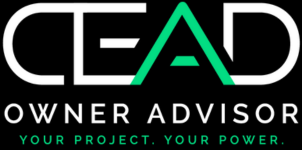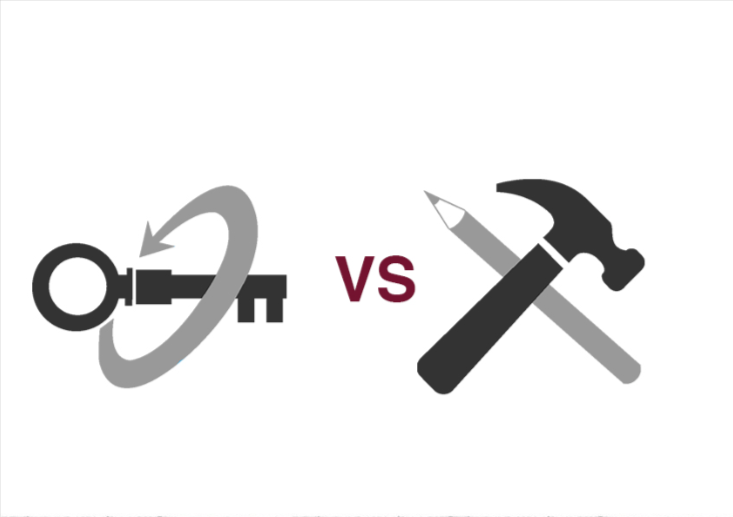Facility design is one of the most critical and costly phases in any cannabis cultivation or controlled environment agriculture (CEA) project. While many companies turn to turnkey design-build firms like DAG Facilities for speed and simplicity, this model can come with hidden costs, lack of transparency, and long-term performance trade-offs.
In this article, we break down the cons of using a turnkey design-build firm, compare alternatives such as a bid-design-build approach and independent construction management, and expose how contractors often mark up specialty equipment — adding tens or even hundreds of thousands of dollars to your final build cost.
What Is a Design-Build Firm — and Why Owners Choose It
A design-build firm combines architecture, engineering, and construction services under one roof. The idea is to provide a seamless process from concept to completion, with one contract and one point of accountability.
- Why It Seems Attractive:
- Faster timelines
- One-stop shop
- Single-source accountability
- Lower owner involvement
1. Lack of Competitive Bidding Means Higher Costs
When you hire a single firm to handle both the design and the build, you lose the power of competitive bidding. Many design-build firms use in-house estimators or preferred subcontractors who are not competing on price — they’re selected based on relationships, not value.
Hidden Cost: Expect 10–30% higher prices for core infrastructure (HVACD, plumbing, lighting, fertigation) when bidding is not open to market.
2. Conflicts of Interest: Equipment Selection and Vendor Kickbacks
Most design-build firms either act as resellers of equipment or receive referral commissions or kickbacks from manufacturers. This creates a conflict of interest. Recommendations may be based on profitability — not performance, warranty, or energy efficiency.
Example: A lighting package quoted at $500,000 may only cost the firm $375,000 — with $125,000 in hidden markup passed to you.
3. Change Orders Become a Profit Center
Design-build firms often provide incomplete or vague initial designs to secure your business quickly. Once construction begins and real-world adjustments are needed, change orders start piling up — often at inflated labor and material rates.
Common Scenarios:
– Mechanical layouts that require redesign
– Electrical changes for added automation
– Structural reinforcements after inspection
Change Order Cost Impact:
– Minor changes: $500–$1,500 each
– Major revisions: $10,000+
– Cumulative project overages: 15–25% of contract value
4. Lack of Owner Control and Long-Term Flexibility
When using a turnkey provider, you’re often locked into their preferred vendors, pricing structure, and timeline. If problems arise, switching course mid-project becomes difficult and expensive.
5. Why You Should Never Let Your Contractor Buy Specialty Equipment
One of the biggest financial pitfalls in facility design is allowing your general contractor or design-build firm to purchase core cultivation equipment.
- Common Hidden Costs:
- Markup on MSRP: 10–50% added to each component
- Loss of Warranty Rights: Manufacturer may limit support
- Bundled Pricing Games: Obscures real item cost
- Support Limitations: Vendors may not prioritize support
- Incentivized Upgrades: Suggested expensive options benefit the contractor
Better Alternatives to Turnkey Design-Build
Option 1: Bid-Design-Build Approach
Hire an independent designer/engineer, release construction drawings to multiple builders, and bid competitively. You control equipment spec and can select vendors based on performance and pricing.
Option 2: General Contractor with Owner-Supplied Equipment
This can work if you’ve pre-selected and purchased all major equipment. Be sure to insist on open-book pricing, limit cost-plus contracts, and negotiate fixed fees.
Option 3: DIY with a Construction Manager
Hiring a CM gives you daily oversight without the markup of a GC. This offers full transparency but requires more owner involvement and knowledge of CEA infrastructure.
Summary: Choose Transparency Over Convenience
Design-build firms offer a streamlined path to breaking ground, but the hidden costs, change order risks, and loss of control make them a poor fit for owners who want ROI and long-term performance.
By using a structured bid-design-build process, purchasing equipment directly, and hiring a construction manager or owner’s rep, you retain control of your vision and your budget.
External Resource: Want a Second Opinion?
Explore this article from Green Entrepreneur:
What You Need to Know About Design-Build Construction in Cannabis:
https://www.greenentrepreneur.com/article/354053
Get Support
At CEADOwnerAdvisor.com, we help facility owners:
– Run structured RFPs for lighting, HVACD, fertigation, and controls
– Manage RFPs for professional service providers
– Avoid markup-heavy vendor chains
– Simplify procurement from pre-design through final commissioning
Contact us today to schedule a no-obligation consultation and download our RFP templates tailored for facility design.

